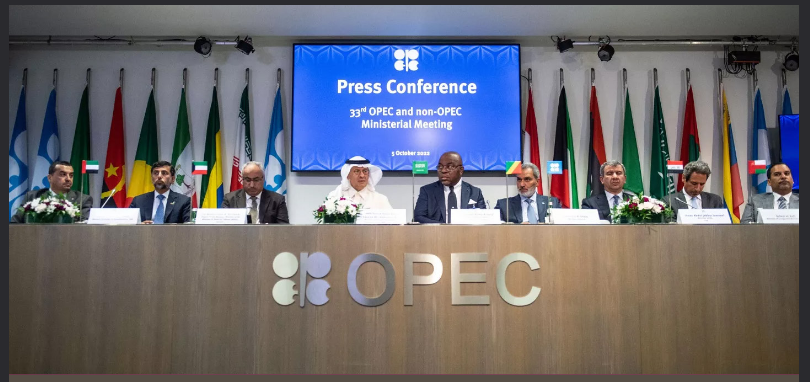OPEC+ Rolls the Dice:June Output Surge Bets on Market Share Amid Fragile Demand
OPEC+ made waves on May 31, 2025, announcing a 411,000 barrels per day (b/d) production increase for June, accelerating a plan originally set for October 2025. This move, aimed at unwinding 2.2 million b/d in voluntary cuts through October, positions the cartel to defend market share as global oil supply climbs and demand growth stumbles. For the petroleum industry, this May decision could steer the course of 2025, challenging producers, refiners, and traders in a volatile market.
Data underscores the stakes. Global oil supply is projected to rise 1.6 mb/d to 104.6 mb/d in 2025, with non-OPEC+ nations- U.S., Canada, Brazil, and Guyana - fueling 1.3 mb/d of that growth, per International Energy Agency (IEA) estimates. Demand, however, is losing momentum, dropping from 990 kb/d in Q1 2025 to an expected 650 kb/d for the year’s remainder, averaging 740 kb/d, weighed down by economic slowdowns and record electric vehicle sales.
Brent crude, down $5/b from March to an April average of $68/b, is forecast to slip to $66/b in 2025 and $59/b in 2026, as global inventories build by 720 kb/d, according to IEA data. OPEC+ faces a balancing act. Some members have exceeded quotas, yet May exports showed no significant uptick, raising concerns of oversupply if production ramps up unchecked.
This could further depress prices, pressuring U.S. shale operators, many of whom require $65/b to drill profitably. Geopolitical risks add complexity: U.S. sanctions on Russia and Iran threaten supply disruptions, while Middle East tensions persist. Russia, a key OPEC+ player, relies heavily on oil revenue, and a potential price slide to $50/b could strain its economy, per market speculation on social platforms.
As June approaches, the petroleum sector braces for impact. OPEC+’s output surge bets on volume in a softening market - will it steady the course or spark oversupply? May 2025’s bold move may shape the oil and gas landscape for the year ahead.

